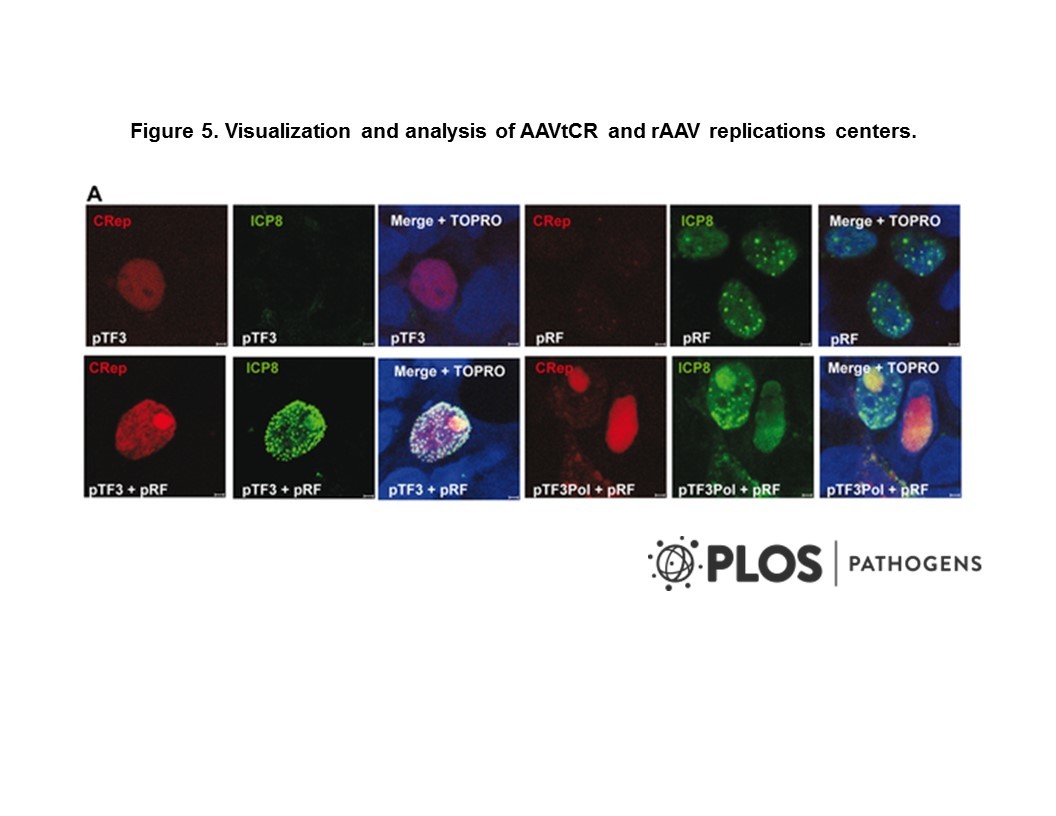
Cat. #151155
Anti-CD4 V1 domain [QS4120]
Cat. #: 151155
Sub-type: Primary antibody
Unit size: 100 ug
Availability: 3-4 weeks
Target: CD4 V1 domain
Class: Monoclonal
Application: ELISA ; FACS ; IF ; Fn
Reactivity: Human
Host: Mouse
£300.00
This fee is applicable only for non-profit organisations. If you are a for-profit organisation or a researcher working on commercially-sponsored academic research, you will need to contact our licensing team for a commercial use license.
Contributor
Inventor: Peter Beverley
Institute: Cancer Research UK, London Research Institute: Lincoln's Inn Fields
Tool Details
*FOR RESEARCH USE ONLY
- Name: Anti-CD4 V1 domain [QS4120]
- Alternate name: CD4 Molecule; T-Cell Surface Antigen T4/Leu-3; T-Cell Surface Glycoprotein CD4; CD4 Receptor; CD4 Antigen
- Clone: QS4120
- Tool type ecom: Antibodies
- Tool sub type: Primary antibody
- Class: Monoclonal
- Conjugation: Unconjugated
- Strain: Balb/c
- Reactivity: Human
- Host: Mouse
- Application: ELISA ; FACS ; IF ; Fn
- Description: Anti-CD4 V1 domain [QS4120] binds to domain 1 of CD4 and blocks binding of gp120 to CD4 (Ringe and Bhattacharya, 2012).
- Immunogen: CD4+ transfectant followed by CEM cells
- Isotype: IgG1
- Myeloma used: P3/NS1/1-Ag4.1
- Recommended controls: Human colonic mucus, epithelial cells and cell membranes.
Target Details
- Target: CD4 V1 domain
- Tissue cell line specificity: Human colonic mucus, epithelial cells and cell membranes.
- Target background: CD4 is a T cell co-receptor that recognises, together with the T cell receptor, MHC class II molecules. CD4 cell counts are used as indicator of AIDS progression. In addition to virus binding, CD4 may have an active role in membrane fusion.
Applications
- Application: ELISA ; FACS ; IF ; Fn
Handling
- Format: Liquid
- Concentration: 0.9-1.1 mg/ml
- Unit size: 100 ug
- Storage buffer: PBS with 0.02% azide
- Storage conditions: -15° C to -25° C
- Shipping conditions: Shipping at 4° C
References
- Helling et al. 2015. Immunol Cell Biol. 93(4):396-405. PMID: 25512343.
- A specific CD4 epitope bound by tregalizumab mediates activation of regulatory T cells by a unique signaling pathway.
- Ringe et al. 2012. PLoS One. 7(5):e37157. PMID: 22606344.
- Association of enhanced HIV-1 neutralization by a single Y681H substitution in gp41 with increased gp120-CD4 interaction and macrophage infectivity.
- Sadovnikova et al. 2002. Leukemia. 16(10):2019-26. PMID: 12357353.
- The CD68 protein as a potential target for leukaemia-reactive CTL.
- Dornan et al. 2002. J Biol Chem. 277(3):1912-8. PMID: 11694532.
- Differential association of CD45 isoforms with CD4 and CD8 regulates the actions of specific pools of p56lck tyrosine kinase in T cell antigen receptor signal transduction.
- Ugolini et al. 1997. J Immunol. 159(6):3000-8. PMID: 9300725.
- HIV-1 gp120 induces an association between CD4 and the chemokine receptor CXCR4.
- Healey et al. 1990. J Exp Med. 172(4):1233-42. PMID: 1698911.
- Novel anti-CD4 monoclonal antibodies separate human immunodeficiency virus infection and fusion of CD4+ cells from virus binding.
- McClure et al. 1987. Nature. 330(6147):487-9. PMID: 2446142.
- HIV infection of primate lymphocytes and conservation of the CD4 receptor.





